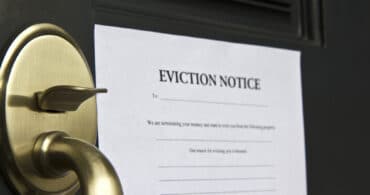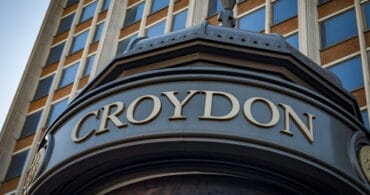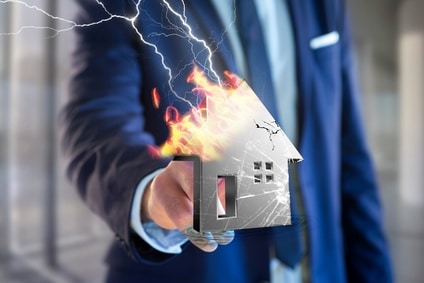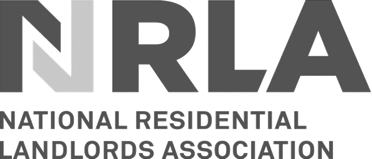A Landlord’s Guide to Fire Regulations for Rental Properties
As a landlord, you have a legal duty to ensure measures are in place to protect your tenants against the risk of fire. There is a raft of fire regulations for rental properties to adhere to and, if anything does happen to jeopardise your tenants’ safety, you will need to make sure you can prove to your local housing officer or a court that you did everything possible to prevent it.
There are around 200 fire-related deaths in the UK every year. As a landlord, you have a legal duty to ensure measures are in place to protect your tenants against the risk of fire. There is a raft of fire regulations for rental properties to adhere to and, if anything does happen to jeopardise your tenants’ safety, you will need to make sure you can prove to your local housing officer or a court that you did everything possible to prevent it.
There are many things you can do to prevent fire breaking out in your rental property, and you can also take steps to ensure that if one does break out, then your tenants have plenty of time to get out safely.
Landlords have a duty to:
- Follow safety regulations
- Provide a smoke alarm on each storey used as living accommodation
- Provide a carbon monoxide alarm in any room where there is a solid fuel burning appliance
- Ensure there is clear access to escape routes at all times
- Make sure that any furniture and furnishings are fire safe
- Provide fire alarms and extinguishers if the property is a large house in multiple occupation (HMO)
What are the fire safety regulations for landlords?
The fire regulations for rental properties are laid out in various regulations. Here are the key laws that you should know and comply with as a landlord.
The Housing Act 2004, including the Housing Health and Safety Rating System (HHSRS)
Under the Housing Act 2004, and the HHSRS, landlords must ensure where possible that tenants are protected from accidents such as fires, burns, scalds and electric shocks. This includes keeping fire escape routes clear and educating tenants to do the same; checking for fire hazards; checking appliances are safe and tested in line with the latest legislation, and that they bear the relevant safety mark.
Furniture and Furnishings (Fire Safety) Regulations 1988/1989, 1993 and 2010
Most soft furnishings supplied in furnished rental property must comply with the Furniture & Furnishings (Fire) (Safety) Regulations 1988 (as amended). This means that the majority of upholstered furniture must by law display a permanent fire safety label.
It is vital to check that these labels are in place when buying furniture, and that they remain in place during the tenancy. A mid-term inspection will reveal whether labels have been removed, or items replaced without permission. It is vital that these inspections are fully documented in writing and supported with date stamped photographs, so that you can prove that you had complied with the law should a safety issue arise.
The Regulatory Reform (Fire Safety) Order 2005
The Fire Safety Order 2005 covers fire safety in communal areas. This could be, for example, corridors in blocks of flats.
In order to ensure your property meets fire safety standards, you will need to carry out a landlord fire risk assessment or, if you cannot be considered a competent person with sufficient knowledge to do so, you will need to arrange for one to be carried out by a qualified fire risk assessor.
The risk assessment will demonstrate that you have considered everything that could potentially lead to a fire, and explored all the ways that tenants could be warned of a fire or smoke in the property.
The Smoke and Carbon Monoxide Alarm (England) Regulations 2015
The Smoke and Carbon Monoxide Alarm Regulations 2015 require a minimum of one smoke alarm to be installed on every floor of a property where there is a room used in whole or in part as living accommodation.
In addition, a carbon monoxide alarm must be placed in any room used in whole or in part as living accommodation, where there is a solid fuel-burning appliance.
Landlords must ensure that all the required alarms are in proper working order on the first day of every new tenancy.
Homes (Fitness for Human Habitation) Act 2018
The Homes (Fitness for Human Habitation) Act 2018 aims to make sure that rented houses and flats are ‘fit for human habitation’. This means they must be safe, healthy and free from hazards, including fire safety hazards.
Building Regulations
Building Regulations impact on fire safety, and is something to bear in mind if you are refurbishing a property. Even if you have engaged others to carry out the work, ultimately it is your responsibility to ensure what they do meets standards for rental, rather than those that just apply to a regular property.
Making legal compliance more straightforward with help from homes2let
Ensuring compliance with so much legislation can be challenging for landlords, especially with everything else that needs to be dealt with.
If you’d rather not worry about fire regulations for rental properties, why not hand over your property management to homes2let and take advantage of our guaranteed rent scheme? Not only will we cover the entire legal side of everything, we’ll also handle day to day maintenance, all property inspections and tenant sourcing, as well guaranteeing your rent every month, even during void periods.
To learn more about how we can make your life easier as a buy to let investor, including in terms of landlord fire safety, please get in touch with our helpful team.
Related Insights

How has COVID-19 Changed Property Management?
Property services managers take care of a host of things, many of which have been impacted by the coronavirus pandemic. Let’s take a look at how COVID-19 has changed the various aspects of property management including safety checks and rent collection.

Evictions Paperwork Must Now Include Breathing Space Details
A new government scheme came into force on 4th May, providing anyone with a debt the legal right to protection from creditors, including tenants in rent arrears. The Debt Respite Scheme, otherwise known as the ‘Breathing Space’ arrangement, has been introduced to allow those in debt to find a solution to their financial issues. And now, in a recent move, the government has announced that details of the scheme must be included within paperwork when seeking to gain possession of a property.

A Guide to Property Investment in Croydon
For the property investor seeking lucrative buy to let opportunities in London, one area that warrants consideration has to be Croydon. With purchase prices in some parts of the London borough lower than much of the rest of the capital, and with yields averaging a healthy 4.5 per cent, plus a host of prime location benefits, it really is worth discovering what property investment in Croydon has to offer.







